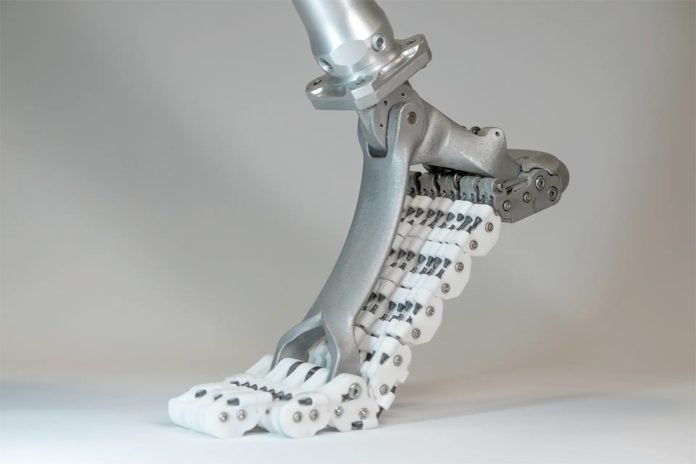Imagine a scenario where your feet couldn’t adapt to uneven walking surfaces or flex to propel you forward with each step. This is the reality for many individuals using traditional prosthetic feet, which are often either completely rigid or only minimally compliant. However, a new development in prosthetic technology, known as the SoftFoot Pro, is poised to significantly improve this situation.
Developed by Manuel G. Catalano and his team at the Istituto Italiano di Tecnologia (Italian Institute of Technology), the SoftFoot Pro is an experimental prosthetic foot designed to mimic the natural movements and flexibility of a human foot. Weighing in at just 450 grams (approximately 1 pound), the device is unpowered and can support loads of up to 100 kilograms (220 pounds).
The SoftFoot Pro is constructed with five parallel chains of linked high-strength plastic segments. These segments are divided into two types: the front segments that replicate the phalanges (toe bones) and the rear segments that replicate the metatarsal bones (running from the base of each toe to the heel). Elastic connectors link the segments within each chain, while an internal steel cable runs the length of each chain, anchored to a titanium heel.
Above the five chains lies a titanium arch mechanism. One end of this arch is connected to the base of the phalanges, while the other is connected to the heel. Both connection points allow for pivoting, emulating the function of the human foot’s plantar fascia—a tissue band that connects the heel bone to the toes’ base.
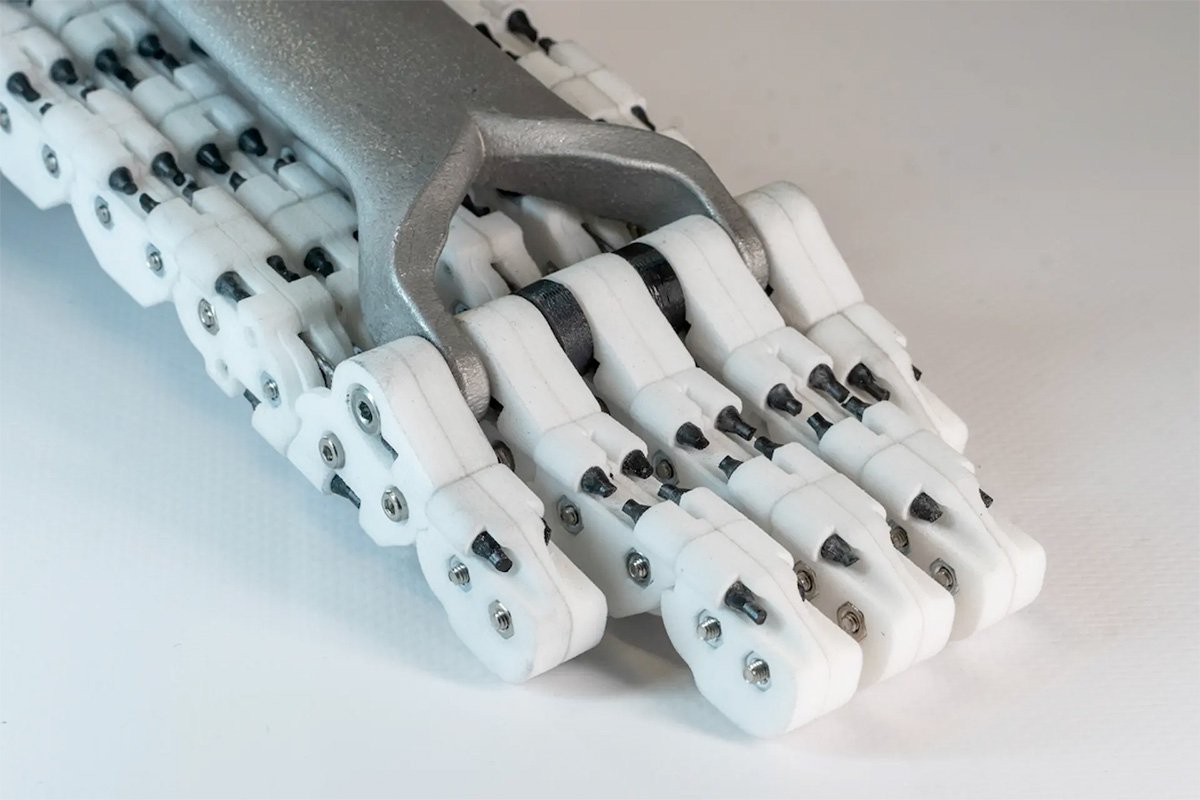
This arch mechanism is crucial as it enables the SoftFoot Pro to store and release energy with each step. As the toes bend at the end of a step, the arch mechanism bends, storing energy, which is then released when the foot is lifted off the ground for the next step. The prosthetic foot can also absorb between 10% to 50% of the impact energy when it steps back onto the ground, thanks to its flexible design.
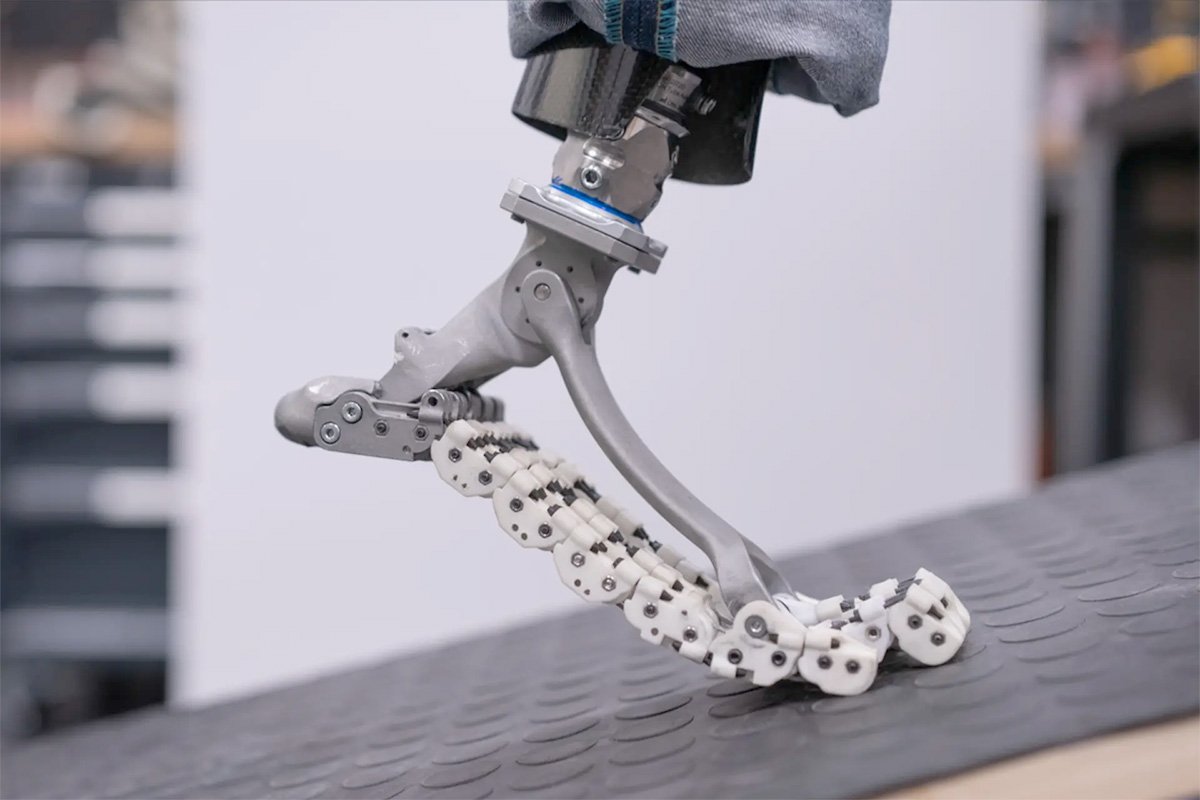
The flexibility of the SoftFoot Pro extends beyond energy storage. The toes of the prosthetic can bend relative to the rest of the foot when climbing slopes, aiding in maintaining balance. The device also conforms to uneven terrains, reducing the risk of the user tipping over. Additionally, this design facilitates actions such as kneeling or squatting, and since it is not adversely affected by water, it can be used in various outdoor activities.
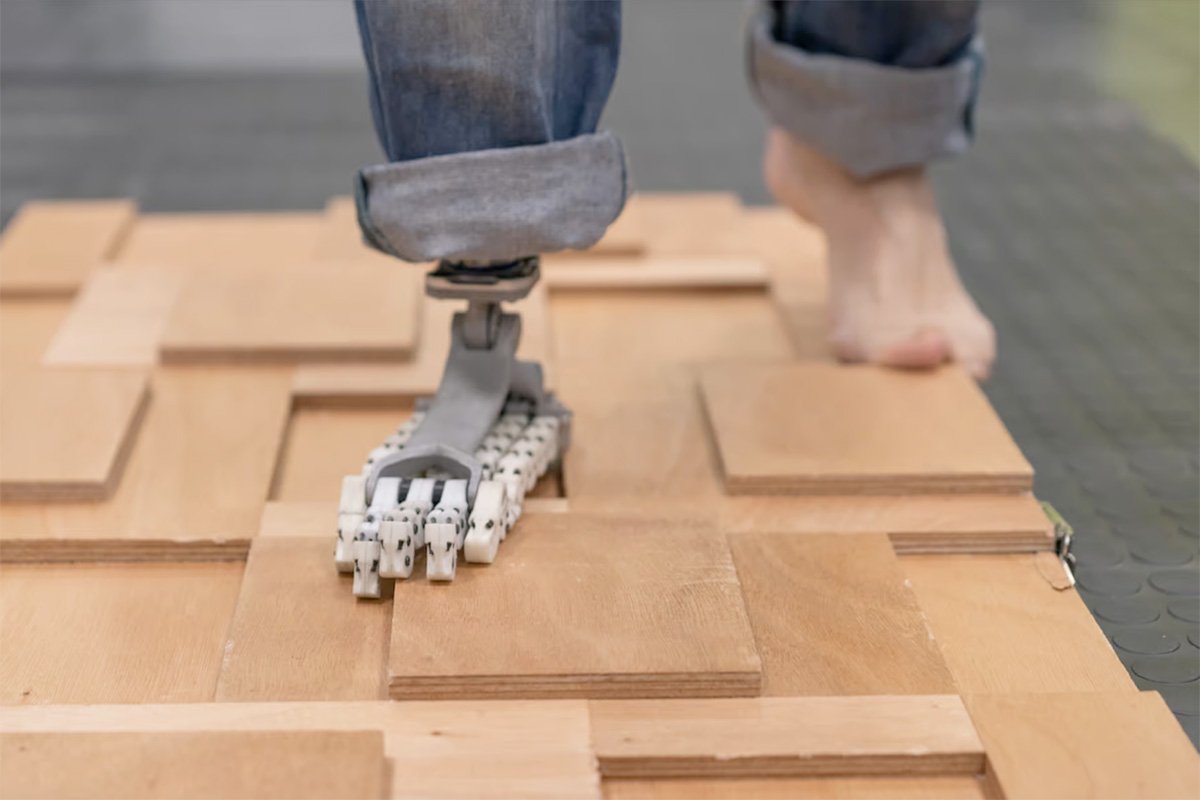
The SoftFoot Pro has undergone clinical trials involving volunteer amputees at Hannover Medical School and the Medical University of Vienna. These trials have demonstrated the practical benefits and improved functionality of the prosthetic. Moreover, the technology has been tested on robotic platforms, including the Anymal quadruped robot at ETH Zurich and the HRP-4 humanoid robot at the University of Tokyo, highlighting its potential applications beyond human prosthetics.
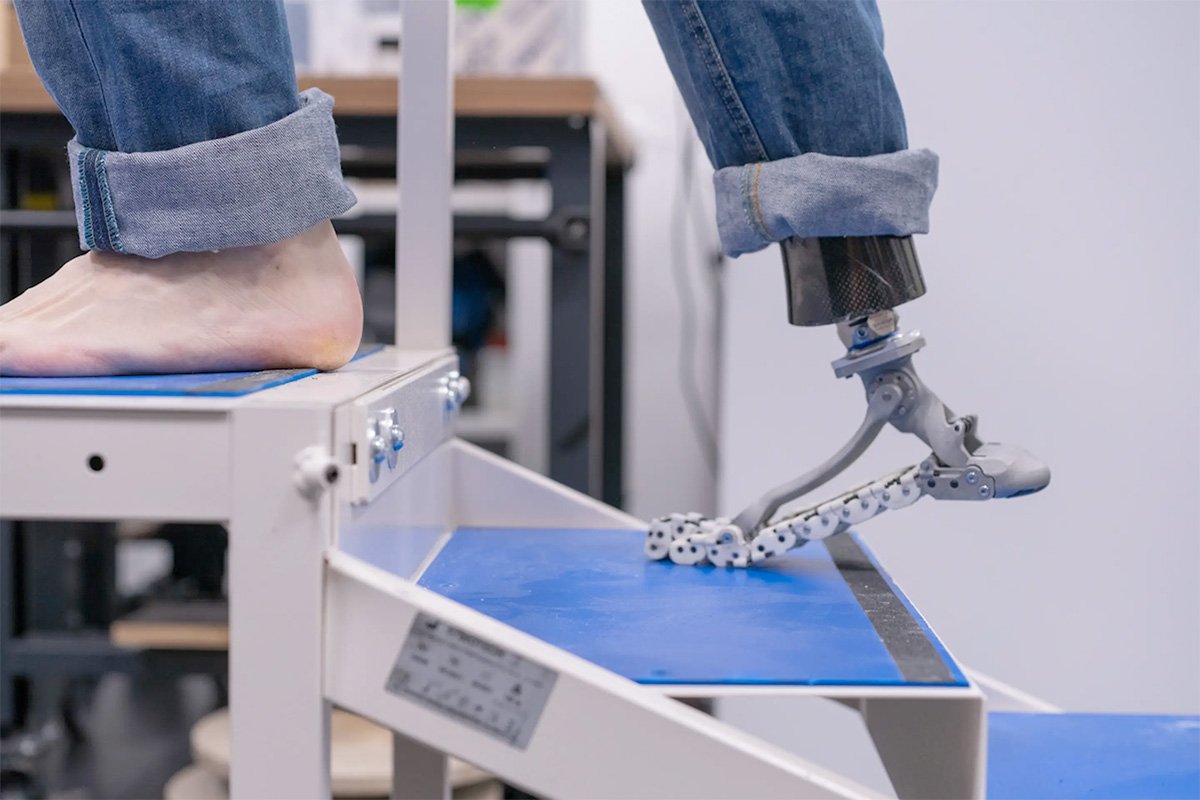
Source: Istituto Italiano di Tecnologia

